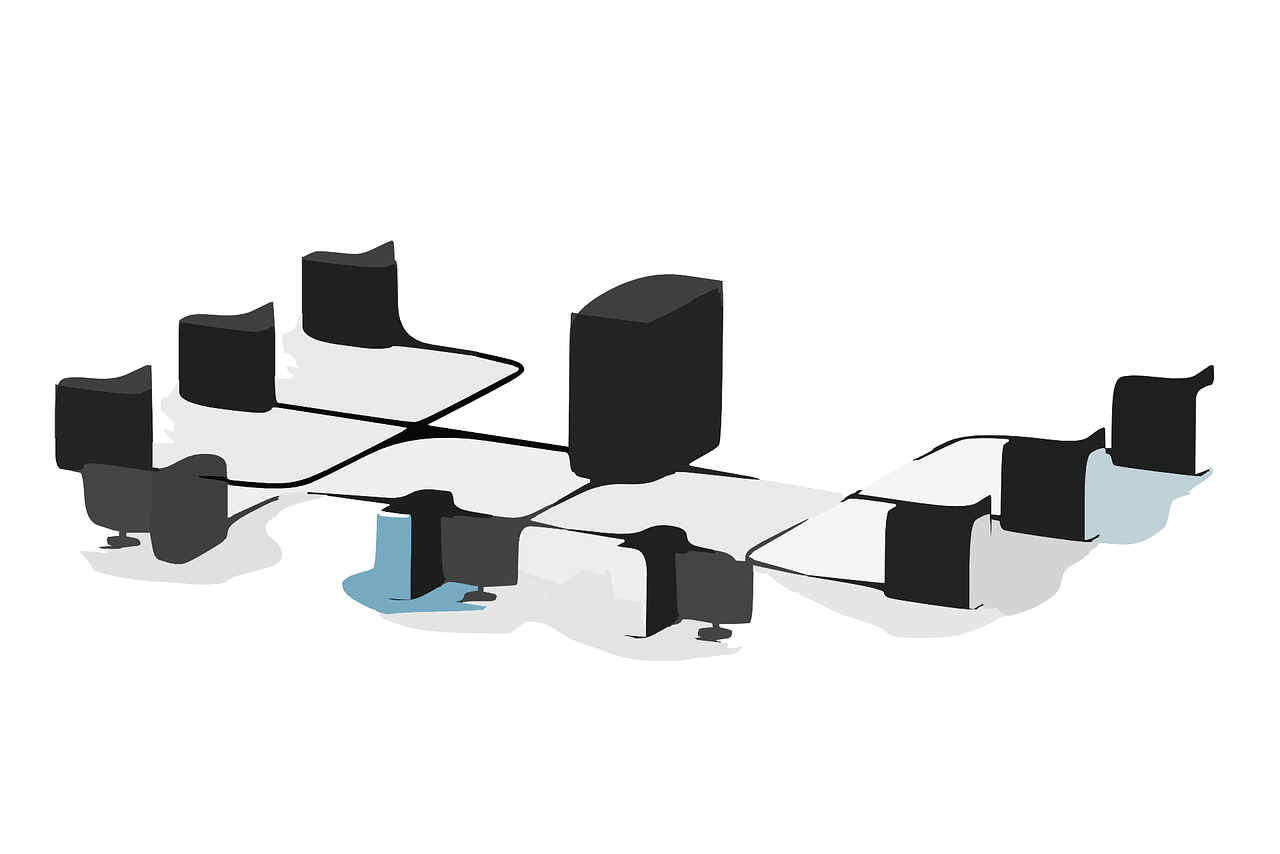Can your business survive today using a 1980’s mind set?

No
In taking a non-political view of the new U.S. administration’s policies over the past few months, there is a strong bent on turning back the clock to a previous era. Here’s what I’m seeing:
- Old industries that couldn’t or wouldn’t keep up with changing business strategies and global competition are having paths cleared for them by eliminating regulations that will make it cheaper, but not easier or more effective, to compete in the global economy.Why?
Because today’s customers expect more.
Whole sections of customer populations both in the U.S. and out of the U.S. expect protections for the environment and workers that are being or in danger of being pulled back. These customer populations have options as to what they buy and who they will buy from. They will signal with their feet if you use yesterday’s models for today’s purchases.
- Attempts to “make” the U.S. image into THE global power. Things have changed. Global supply now outstrips demand. Customers around the world continue to raise their expectations. SM quickly captures and distributes unacceptable performance. Threats of tariffs have other countries looking at their options. Being country centric won’t change the fact that about 95% of the world’s consumers live outside the U.S. borders. It won’t change the fact that to get to many of the world’s consumers, you must have operations in the consumers’ countries. It won’t change the fact that there are very smart people who run companies and supply chains outside of the U.S. borders that can competently compete head to head with U.S. companies.So what does it mean?
It means that we must compete effectively and competently. Muscle, anger, and provocative posturing won’t change the need for effective and competent competitive offerings, but could make things worse. Much worse.
- A lack of knowledge of what businesses really do today. Steve Mnuchin’s AI quote, “I think that is so far in the future. In terms of artificial intelligence taking over American jobs, I think we’re like so far away from that, that uh [it’s] not even on my radar screen. Far enough that it’s 50 or 100 more year[s]” illustrates amazing lack of understanding on two critical business fronts: the role of technology in business and the need for training to prepare our workforce to competently handle the changes already happening, including AI, in our businesses and supply chains.Why is this important?
The new technologies, such as blockchain, have economic and transformative powers. If the government doesn’t stay current on technology, then where will the planning take place that establishes the boundary conditions in which technologies must safely operate for our economy? In presenting blockchain to university supply chain students last night, one asked how, if central banks’ influence is diminished, monetary policy and the growth of the monetary supply will be managed when cyber currencies are used. These are
important questions and must be answered collaboratively by governments and their central banks. If governments persist in looking backwards, the planning won’t happen. Be assured, however, the technology will continue to move forward.
The other major issue present in the quote is the lack of understanding of how the workforce of tomorrow must be trained today (and in many cases, tomorrow is already here). With training dollars from anywhere and everywhere being reduced or eliminated and the Department of Labor’s budget being restricted, how will the U.S. be great again if it doesn’t prepare its workforce to successfully compete?
With all of these headwinds, what can we do?
We can create our own tailwinds.
How?
You must strategically determine how to align your companies, and all functional areas in it, to what your customers value. You’ll need to be very specific so that everyone understands the value offering in exactly the same way. Why? Because everyone plays a part in making sure your customers are delighted to the extent they can’t think of anywhere else to go for business.
That means you may have to invest in targeted implementations of technology that will close your gaps to meeting your customer’s requirements.
That means you’ll have to develop training plans, using internal and external resources, to ready your workforce for change. Your current workforce knows your company, why waste talent and goodwill? Training today is readily available in many forms and formats. You, however, will need to provide the roadmap of how workers get from where they are to where you need them to be.
That means you’ll have to do business differently.
You can’t look back.
You must look forward.
You must accommodate today’s customers, not yesterday’s.
And that’s how we keep America and our competitive value as great as it always has been and moving forward.
Key words and concepts: strategy, supply chain, supply chain management, global competition, change, technology, global trade
About the author: Cynthia Kalina-Kaminsky with Process & Strategy consults with and provides training for organizations eager to increase their competitive value by helping enable growth, align performance, make and move product (even when the product is electrons).
Comments